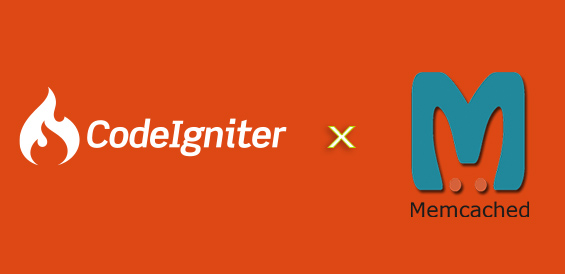Memory object caching systems like Memcached can optimize backend database performance by temporarily storing information in memory, retaining frequently or recently requested records. In this way, they reduce the number of direct requests to your databases.
In this guide, you will learn how to install and configure a Memcached server. You’ll also learn how to add authentication to secure Memcached using Simple Authentication and Security Layer (SASL). Finally, you’ll learn how to bind Memcached to a local or private network interface to ensure that it is only accessible on trusted networks, by authenticated users.
1. Install in Ubuntu
sudo apt-get -y install php8.0-memcached memcached //depend on PHP version2. Configure the Memcached Memory
vi /etc/memcached.conf
# Start with a cap of 64 megs of memory. It's reasonable, and the daemon default
# Note that the daemon will grow to this size, but does not start out holding this much
# memory
-m 41123. Restart Memcached
service memcached restart4. Use Memcached In CodeIgniter 3.x.x PHP
4a. Check Cache Info
$CI =& get_instance();
$CI->load->driver('cache');
echo '<pre>';
print_r($CI->cache->memcached->cache_info());
echo '</pre>';4b. Create Cache
$CI =& get_instance();
$CI->load->driver('cache');
$CI->cache->memcached->save('variable', json_encode($array_variable), 60);
// params: 'variable' => cache_key,
// params: $array_variable => array value content,
// params: 60 => expired_time_in_second4c. Get Cache
$CI =& get_instance();
$CI->load->driver('cache');
$array_variable = $CI->cache->memcached->get('variable');
if($cached !== false){
return json_decode($array_variable, true);
}4d. Delete Cache
$CI =& get_instance();
$CI->load->driver('cache');
$CI->cache->memcached->delete('variable');4e. Clear All Caches
$CI =& get_instance();
$CI->load->driver('cache');
$CI->cache->memcached->clean();References:
User Guide Cache CodeIgniter 2.x.x
